a. Visually inspecting the valve for signs of leakage or corrosion.
b. Visually inspecting stem packing to avoid any leakage from stuffing box.
c. Lubricating the valve if necessary (stem and stem nut).
Would you think, the torque produced by an actuator is same as originally specified, after years of operations? Probably not, but does this mean the original design is wrong, or does the actuator need repair?
Here are a few guidelines on valve repair towards malfunction of gate valves:
• Packing leakage
• Body/bonnet joint leakage
• Seat leakage
• Difficult to operate
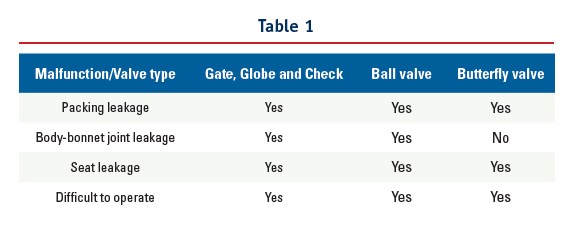
All modifications to any pressure components of a valve must meet applicable code requirements. It is intended for the purpose of this procedure that the information reference books such as Installation and Operations Instructions shall be used for specific valve data and dimensioning, etc. When modifications or repairs to a valve are required beyond what the codes or standard can provide directly, Operations Engineering Mechanical is to be consulted.
All modified, reconditioned, repaired, or refurbished valves shall be in “as new” condition and are to comply with the applicable standards and code requirements. All critical dimensions will meet OEM specifications. Should OEM specifications not be available, Operations Engineering Mechanical is to be consulted/involved to review parts manufactured in reconditioning facility when engineer review and approval is required.
Case Studies: Cause, Solution, Prevention
1.Packing Leakage
CAUSE 1: Pipe vibration, over pressure, or unstable pressure cause the packing nut to be loose.
Solution: Evenly tighten 2 packing nuts, and contact manufacturer to get torque value.
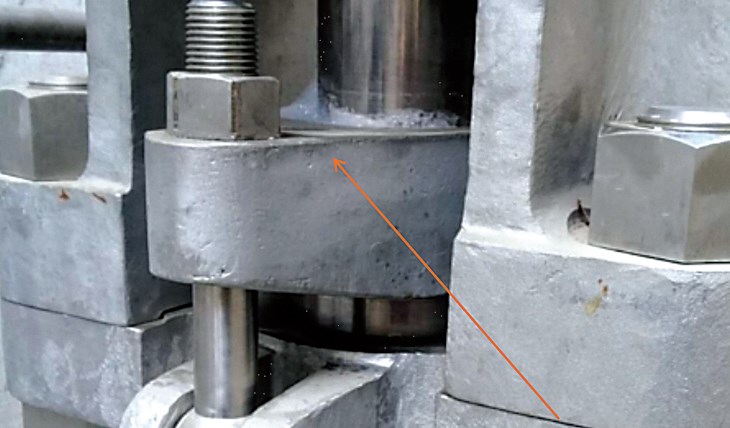
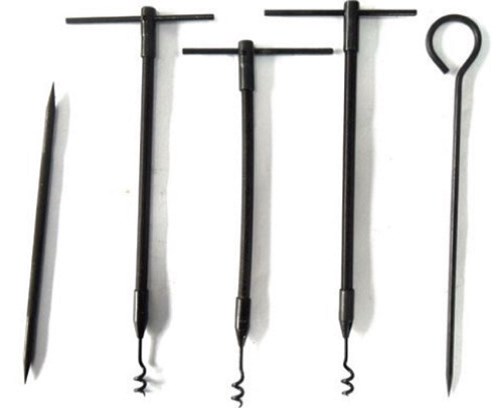
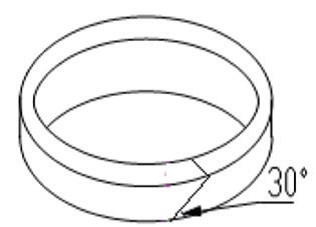
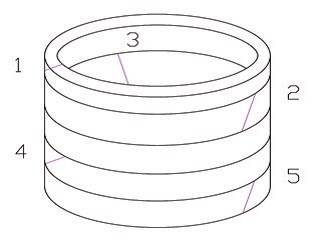
Solution: Tighten the nuts as per manufacturer’s recommended torque.
Preventive action: Check the body/bonnet nut torque regularly.
CAUSE 2: Gasket or O-ring aging.
Solution: Replace the gasket or O-ring.
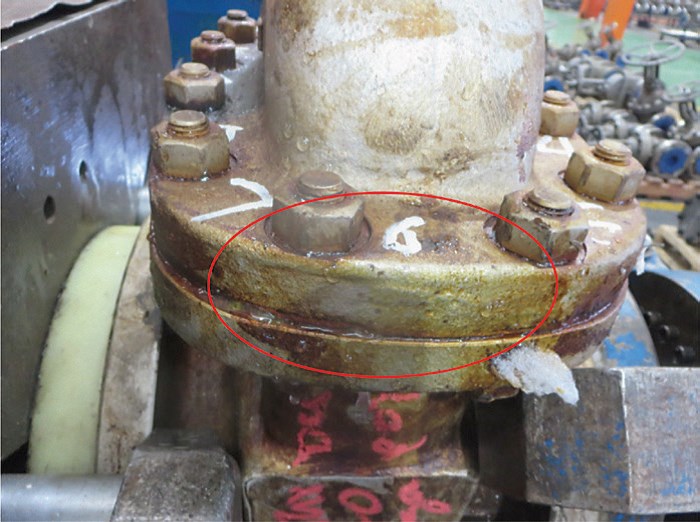
3. Bottom Flange Leakage
Applicable for Butterfly Valves
Solution: Tighten the nuts as per manufacturer’s recommended torque.
Preventive action: Check the body/bonnet nut torque regularly.
CAUSE 2: Gasket is aging.
Solution: Replace the gasket.
Preventive action: Replace the gasket regularly
4. Seat Leakage
Applicable for Gate and Globe Valves
CAUSE 1: Closing torque doesn’t comply with requirement.
Solution: Close the valve as per required closing torque.
Preventive action: Close the valve as per required closing torque.
CAUSE 2: Impurity attaches on the sealing surface and causes scratch on the sealing surface.
Solution: Clean impurities and grind to remove scratches.
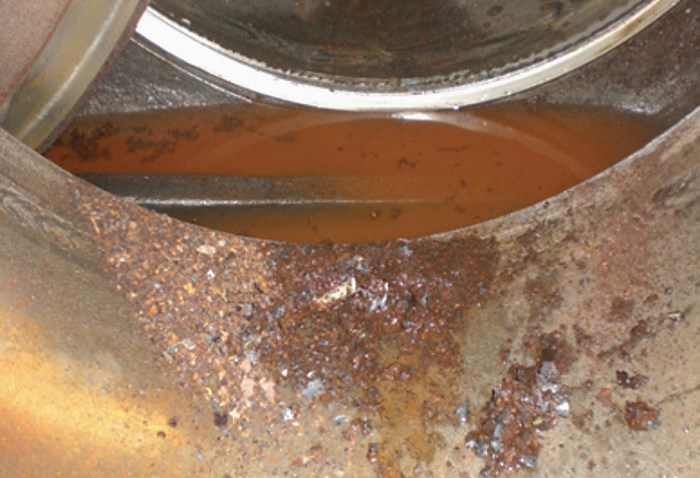
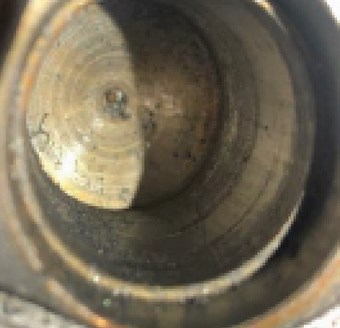
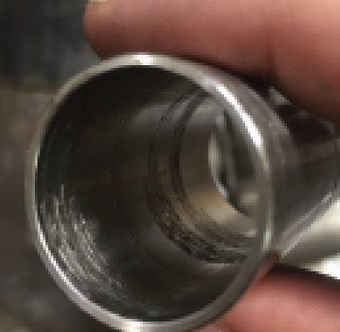
Impurity stuck between the stem and bearing.
References
1. Contribution courtesy: Neway Valve (Suzhou) Co., Ltd.
2. Industry colleagues, code committees author participates
3. API RP 621 – Reconditioning of metallic gate, globe and check valves
4. API 6DR – Recommended practice for the repair and remanufacturing of pipeline valves


